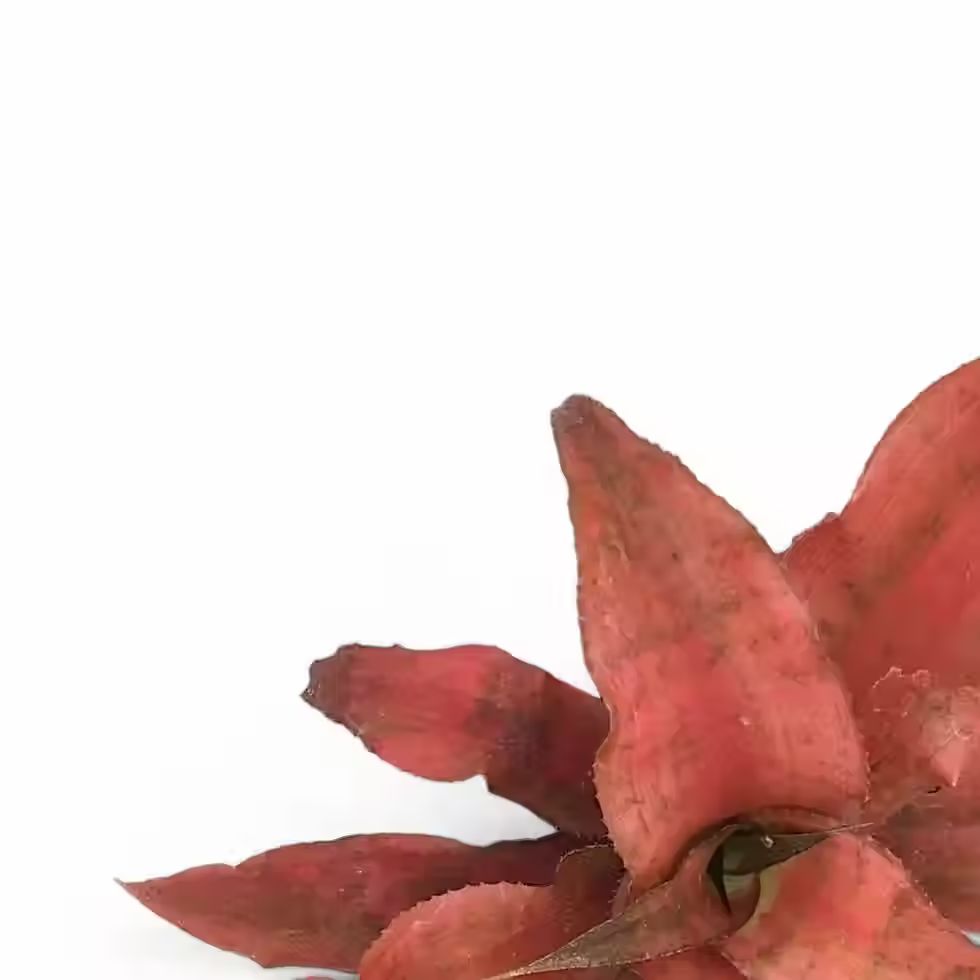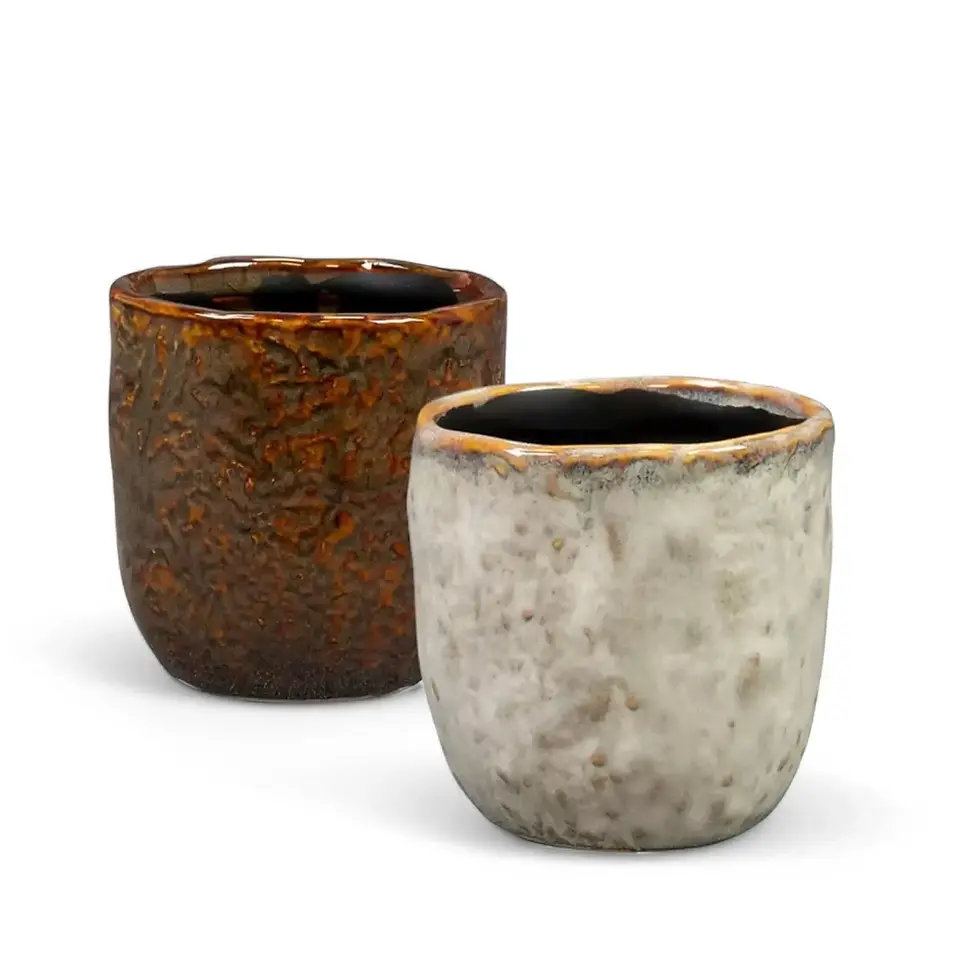Myrtillocactus geometrizans - Characteristics and Care Essentials
Myrtillocactus geometrizans, also known as the bilberry cactus, is a striking, blue-green columnar cactus native to central and northern Mexico. Its sculptural, candelabra-like branching and waxy, smooth-textured stems make it a visually stunning houseplant. This species grows faster than many cacti, developing multiple branches over time. In its natural habitat, it can reach heights of 4-5 meters, while indoor specimens remain more compact.
As it matures, Myrtillocactus geometrizans produces small, dark purple fruits known as garambullos, which are edible and enjoyed in traditional Mexican cuisine. Although flowering indoors is rare, mature outdoor plants can develop small, pale green or yellowish-white blooms.
Distinctive Features of Myrtillocactus geometrizans
- Striking Appearance: Features blue-green, ribbed stems with an upright, sculptural growth habit.
- Rapid Growth: Compared to other cacti, it has a moderate to fast growth rate, especially in warm conditions.
- Drought-Tolerant: Thrives with minimal watering, making it ideal for dry indoor spaces.
- Edible Fruit: Produces dark purple berries, rich in antioxidants, with a slightly sweet flavor.
- Long Lifespan: With proper care, this cactus can live for decades, gradually forming an impressive branched structure.
What You Should Know about Myrtillocactus geometrizans
- Natural Habitat: Native to the dry, arid regions of Mexico, where temperatures range from 5°C to 40°C. It thrives in rocky, well-draining soils with low rainfall (300-600 mm annually).
- Growth Habit and Rate: Grows upright with multiple branches, forming a tree-like structure. Indoors, it reaches 1-1.5 meters in height and spreads up to 1 meter.
- Temperature Needs: Prefers warm temperatures between 18-30°C. Cannot tolerate frost and must be kept above 5°C.
- Wood Formation: Older stems develop a woody base, giving the plant a tree-like appearance as it matures.
How to Care for Myrtillocactus geometrizans
- Placement and Light: Requires full sun for strong growth and color retention. Ideal placement is a south-facing window or a bright greenhouse. If using artificial light, choose high-intensity grow lights.
- Watering: Allow soil to dry out completely between waterings. Overwatering can cause root rot. During winter dormancy, reduce watering to once a month or less.
- Humidity: Prefers low humidity (30-50%). Avoid placing it in humid environments to prevent fungal issues.
- Temperature: Optimal growth occurs between 18-30°C. Avoid prolonged exposure to temperatures below 5°C to prevent frost damage.
- Soil and Pot Choice: Requires well-draining cactus or succulent soil. A mix of sand, perlite, and pumice works best. Use a terracotta pot with drainage holes to prevent water retention.
- Repotting: Repot every 2-3 years or when root-bound. Use fresh, well-draining soil and handle the plant carefully due to its spines.
- Fertilizing: Feed monthly during the growing season (spring and summer) with a diluted cactus fertilizer. Avoid fertilizing in winter.
- Propagation: Easily propagated from stem cuttings. Allow cut sections to dry for several days before planting in dry soil to prevent rot. Rooting occurs within 2-4 weeks.
- Semi-Hydroponics: Adapts to semi-hydroponic setups if drainage and aeration are well-controlled.
- Pruning: Rarely necessary but can be done to remove damaged or overcrowded branches. Use clean, sharp tools to prevent infections.
Myrtillocactus geometrizans - Common Issues and Solutions
→ Pests
- Mealybugs and Spider Mites: Remove with neem oil or insecticidal soap. Ensure good airflow to prevent infestations.
- Scale Insects: Wipe off with isopropyl alcohol or apply horticultural oil.
→ Root Rot and Overwatering Issues
- Symptoms: Blackened base, mushy roots, foul smell.
- Solution: Remove affected parts, allow cut surfaces to dry, and replant in fresh, dry soil.
→ Fungal Issues
Common in high humidity. Prevent by ensuring good airflow and allowing the plant to dry between waterings.
→ Etiolation (Stretching)
Caused by low light. Move to a sunnier location or supplement with stronger artificial lighting.
→ Sunburn
Can occur if moved too quickly into direct sunlight. Introduce gradually to prevent scorching.
Additional Considerations for Myrtillocactus geometrizans
- Cold Weather Precautions: If temperatures drop below 5°C, bring indoors or use a heat mat.
- Repotting Tips: When handling, use gloves or tongs to avoid spines.
Interesting Insights
- The fruit, known as garambullo, is widely consumed in Mexico and used to make jams, drinks, and desserts.
- Unlike slow-growing cacti, Myrtillocactus geometrizans can double in size within a few years when properly cared for.
- The waxy coating on the stems acts as a natural sunblock, protecting the plant from harsh UV rays.
Etymology
The name Myrtillocactus derives from the Latin Myrtillus ("small myrtle") due to its berry-like fruit resemblance. The species name geometrizans refers to its symmetrical, ribbed growth pattern. Originally classified as Cereus geometrizans, it was reclassified in 1897 by Console.
FAQs about Myrtillocactus geometrizans
- How often should I water Myrtillocactus geometrizans?Water only when the soil is fully dry. In summer, this may be every 2-3 weeks, while in winter, watering can be reduced to once a month or less.
- Can Myrtillocactus geometrizans tolerate cold temperatures?No, it is not frost-hardy. Bring it indoors if temperatures drop below 5°C.
- Why is my cactus growing tall and thin?This is a sign of insufficient light. Move to a brighter spot or supplement with grow lights.
Order Your Myrtillocactus geometrizans Today!
Add this sculptural, fast-growing cactus to your collection.
Myrtillocactus geometrizans
Myrtillocactus geometrizans comes in following sizes:
Baby Plant – is approximately 10 cm tall and comes in a ⌀ 6 cm pot
L – is approximately 50 cm tall and comes in a ⌀ 17 cm pot
XL – is approximately 75 cm tall and comes in a ⌀ 24 cm pot

























































